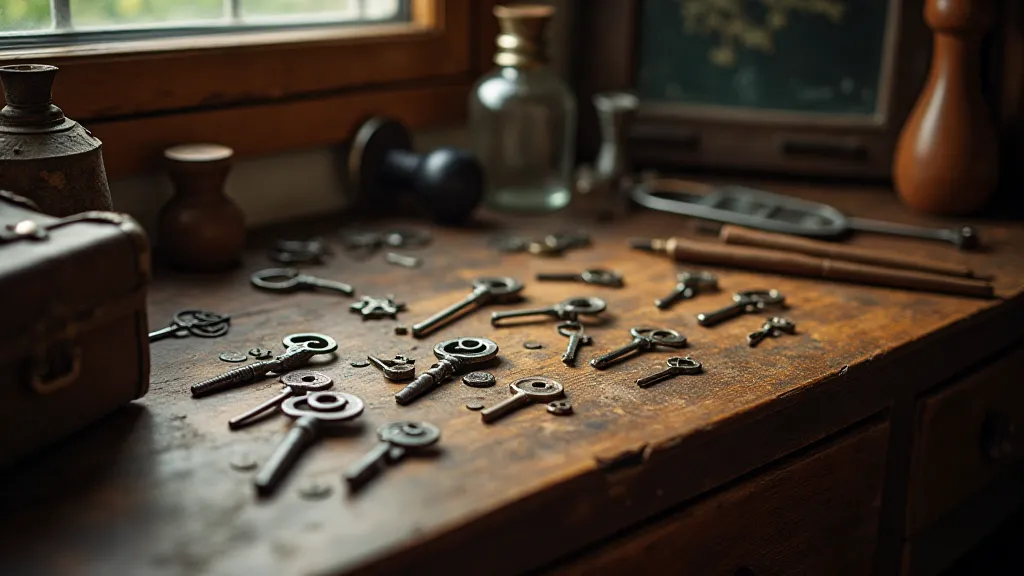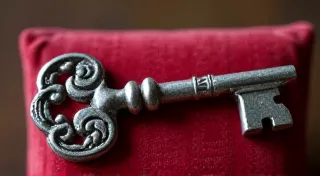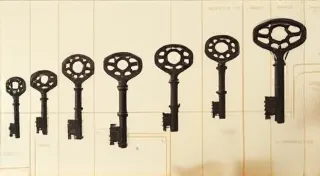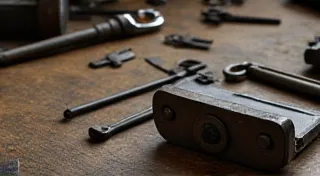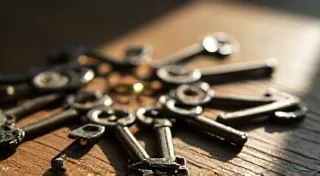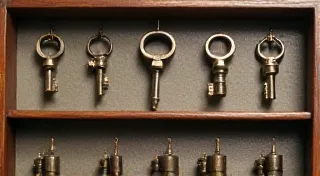The Lexicon of Warding: Deciphering the Silent Language of Antique Key Designs
There's a quiet romance to holding an antique key. It’s not merely a piece of metal; it’s a whisper from the past, a tangible link to a time when craftsmanship reigned supreme and security was a delicate dance of precision. I remember finding a box of old keys at a flea market years ago, each one cold and weighty in my hand. It wasn’t their monetary value that captivated me, but the stories they seemed to hold – the homes they guarded, the secrets they concealed. That moment sparked a fascination that has only deepened with time, leading me down a rabbit hole of historical engineering and the surprisingly intricate language of key designs.
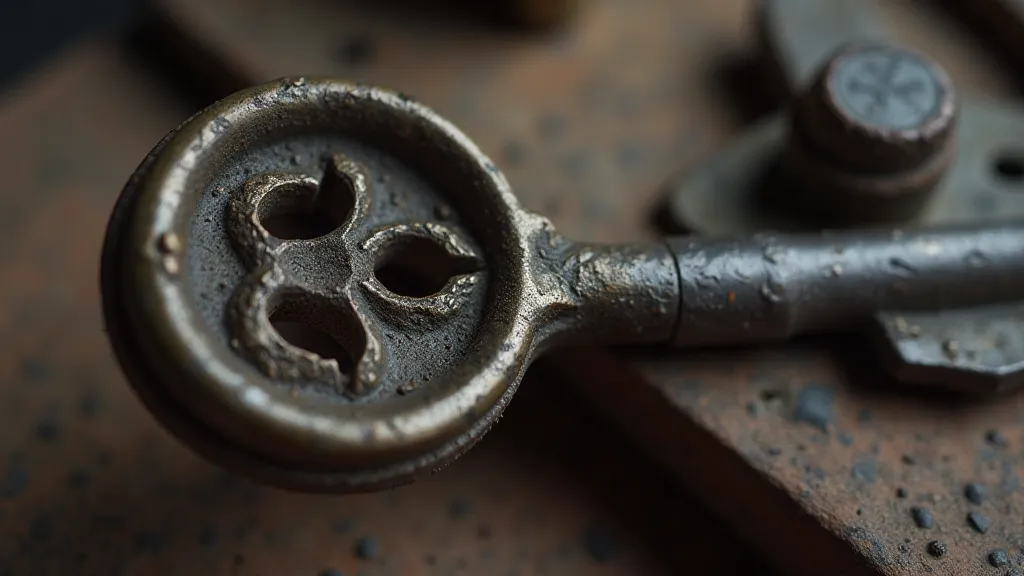
A History Etched in Steel: The Evolution of Warding
Before the standardized cylinder locks we know today, keys were unique, custom-made objects. Their design wasn't arbitrary; it was a deliberate and complex system of obstacles—the “warding”—designed to prevent unauthorized entry. These wards, the raised ridges and grooves along the key's bit (the part that enters the lock), mimicked the unique internal shape of the lock's mechanism. Imagine a miniature landscape, a terrain that only the correct key could navigate.
Early keys, dating back to ancient Egypt and Mesopotamia, were simpler, often consisting of a single, bent piece of metal. As lock mechanisms became more sophisticated—think Roman lock and key systems or the elaborate medieval chest locks—so too did the complexity of key design. The need to protect valuables and vital information fueled this evolution. Each key was effectively a bespoke puzzle, a physical embodiment of the maker's skill and the owner’s desire for security.
Deciphering the Visual Cues: Types of Antique Keys
Identifying antique keys isn’t just about recognizing a “skeleton key” or a “barrel key.” It’s about understanding the underlying principles of their construction and the specific historical context they represent. Let’s explore some common types:
- Skeleton Keys: Perhaps the most recognizable, skeleton keys (also known as “bit keys”) were prevalent from the 17th to the 19th centuries. Their distinctive bow extended out, allowing them to operate levers within a lock. The warding patterns on skeleton keys often reveal the sophistication of the lock mechanism. More intricate warding meant higher value and greater security.
- Barrel Keys: These keys, with their cylindrical or barrel-shaped head, became increasingly common in the 18th and 19th centuries. Early barrel keys had simpler warding, but as lock technology advanced, so did the complexity of their design. The shape of the barrel can sometimes hint at the region of origin—for example, French barrel keys often have a slightly different profile than English ones.
- Wafer Keys: Less common, wafer keys have a flat, thin profile. They were often used in smaller locks, such as those found on writing desks or jewelry boxes. Identifying the manufacturer of wafer keys can be challenging as they often lack distinct markings.
- Mortise Keys: Associated with mortise locks (where the keyhole is a separate cut into the door or frame), these keys often have a distinct shape and a unique warding pattern that reflects the lock's internal complexity.
Looking beyond the overall shape is crucial. Examine the cut of the bit – is it clean and precise, or rough and uneven? The presence and placement of wards, the depth and spacing of the grooves, all tell a story.
The Art of the Maker: Craftsmanship and Markings
The quality of the metal used and the precision of the cuts are direct reflections of the maker’s skill. Early keys were often hand-filed, leaving subtle imperfections that are actually hallmarks of their authenticity. Mass-produced keys, which became more common in the late 19th and early 20th centuries, tend to be more uniform and lack the character of hand-crafted originals.
Markings, when present, are invaluable. Many key blanks were produced by specialized manufacturers who stamped their names or trademarks onto the keys. These markings can help pinpoint the key's origin and date of manufacture. Researching these markings, often found online through specialized key collecting forums, is a rewarding endeavor.
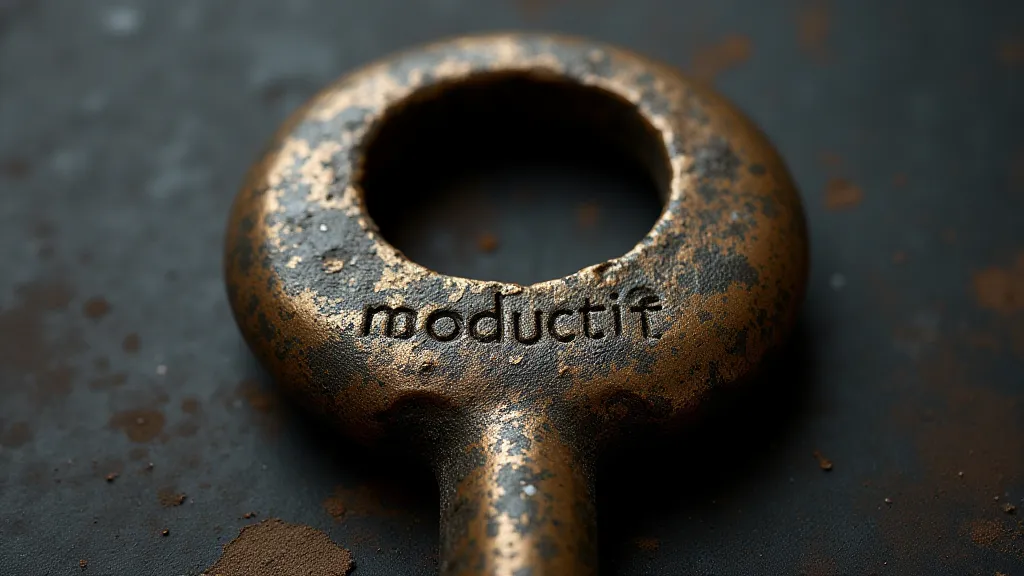
Beyond Identification: Restoration and Collecting
Restoring antique keys is a delicate process. Avoid harsh chemicals or abrasive cleaning methods, as these can damage the patina and erase subtle markings. Gentle cleaning with a soft cloth and mineral spirits is often sufficient. The goal isn't to make the key look new, but to preserve its original character and authenticity. A layer of gentle oil can protect the metal from further corrosion.
Key collecting, like any collecting pursuit, involves passion, patience, and a willingness to learn. Building a collection can be as much about the history as it is about the physical objects. The thrill of discovering a rare or unusual key, of uncovering its story, is what truly captivates the enthusiast. The feeling of connection to the past, the tangible link to a bygone era, is a reward in itself.
I still have that box of keys from the flea market. They’re not valuable in the monetary sense, but they represent something far more precious: a glimpse into the ingenuity and artistry of generations past, a silent lexicon of warding that continues to fascinate and inspire. They remind me that even the smallest, most unassuming objects can hold a universe of stories, waiting to be deciphered.
